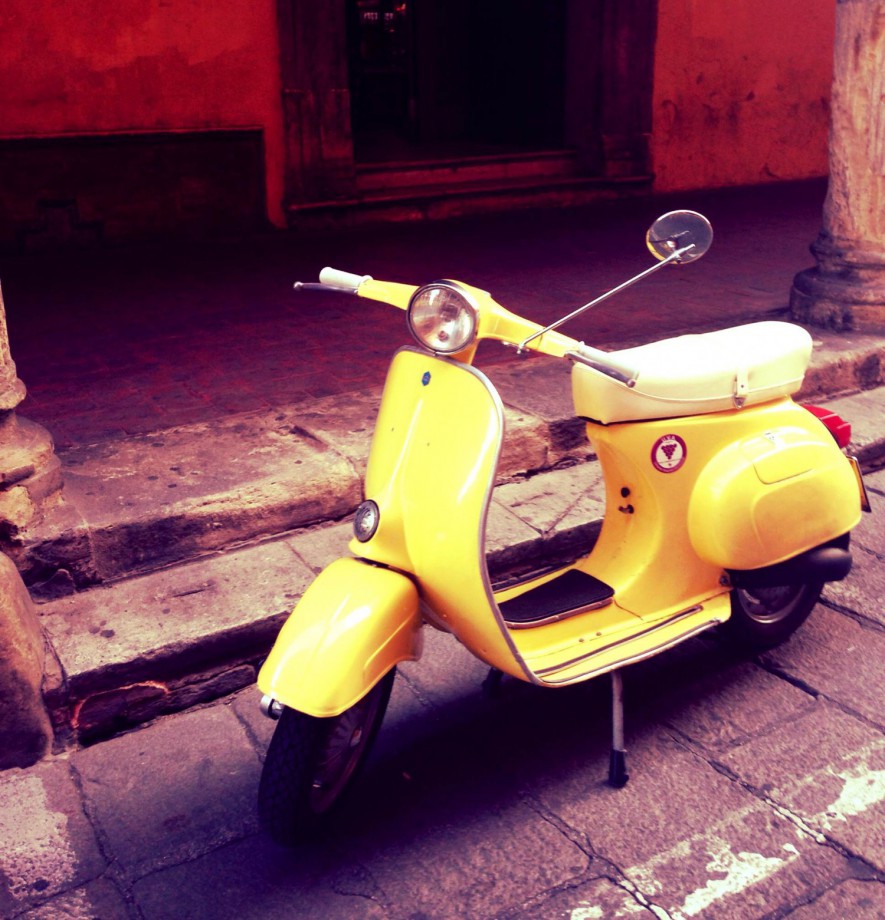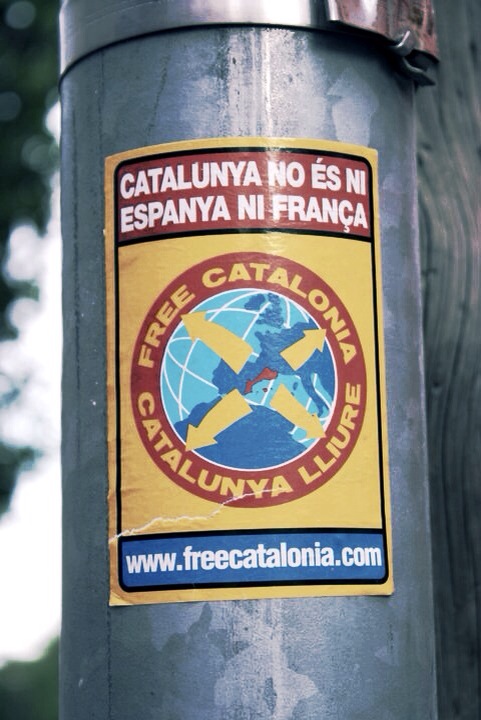
Alright, so you’ve decided you’re ready for a big change, un cambio bastante grande, and you are heading off to Spain, or, are planning to do so anyway. Spain is a hotspot for people for people like myself, meaning English teachers. Considering the fact that Spaniards speak English muy mal, English speakers have a pretty good employment rate. Seriously, if you speak English and it’s your first language, you are already halfway there. In terms of other employment info, I would suggest you stay away unless you are entering the tourism sector, as Spain’s current unemployment rate is something crazy high like 26-27%.
1. Visa Problems
I am Canadian and European. Meaning I’m an E.U national, so I’ve got half the headache. If you are North American or belonging to any of the countries outside of the Schengen Area (Google), you need a work or study visa. This visa must be attained in the country of origin. Before I applied for my new Polish passport, making me a Canadian citizen only, I had to apply for a student visa in Canada. This process took about 2 months after I provided the information to the consulate. I’m not sure how it works for Americans, but my friend had a similar experience in terms of waiting time. When you arrive in Spain, you MUST go to the local police station and get your fingerprints taken so they can give you a special card. This card must be with you at all times (especially when traveling), otherwise, you’re going to have some explaining to do, especially in customs offices in England or Ireland.
2. It’s not sunny like you see on postcards
The further north you go, the colder it gets. I lived in Valladolid, which is about 2 hours north of Madrid, and let me tell you, I froze my ass off some nights. It does go below zero degrees (Celsius obviously), and the winds are STRONG. I travelled to the south in December (Granada), and the snowy mountains left me with a nice Canadian frostbite. If you are anti-winter, perhaps choose a city like Barcelona.
3. Your nights out will change
Spanish people eat supper at 10pm. They eat these amazing appetizer sized dishes called tapas, and you usually go from bar to bar at night, trying different specialties, and you eat STANDING UP. It’s really hard to balance your beer in one hand, and your fried octopus in the other, but hey, it gets easier. For those who are into the nightlife scene, get ready to leave at midnight and come home at 6am. If you try to leave earlier, your Spanish friends will make fun of you.
4. Spanish people aren’t rude. Most of the time it’s a language barrier.
If you can’t speak Spanish, and the waiter/bartender/bus driver/ can’t speak English, how jolly is the conversation going to be? If you’re intimidated by someone speaking in a language you don’t understand, it’s really hard to come across in the right way. In major cities, most people will speak English, or at least, they will be able to take your order. However, in smaller cities, they don’t. So make an effort to say something in Spanish, or be patient.
5. They have a great healthcare system.
If you work in Spain, you are automatically entered into the healthcare database. Hospital visits, regular visits, many prescriptions, and even invasive procedures will be FREE. Even if you aren’t working in Spain, many times you can still go to emergency for free. I was in the hospital for 4 days and was treated very well by the staff.
This was a boring list in terms of all the amazingly fun things to do in this great country, but they are all things I wish someone had told me before I left. If you are still debating about your move, my advice is: YES, GO. NOW.STOP.HESITATING.
Pingback
 (source)
(source)





























